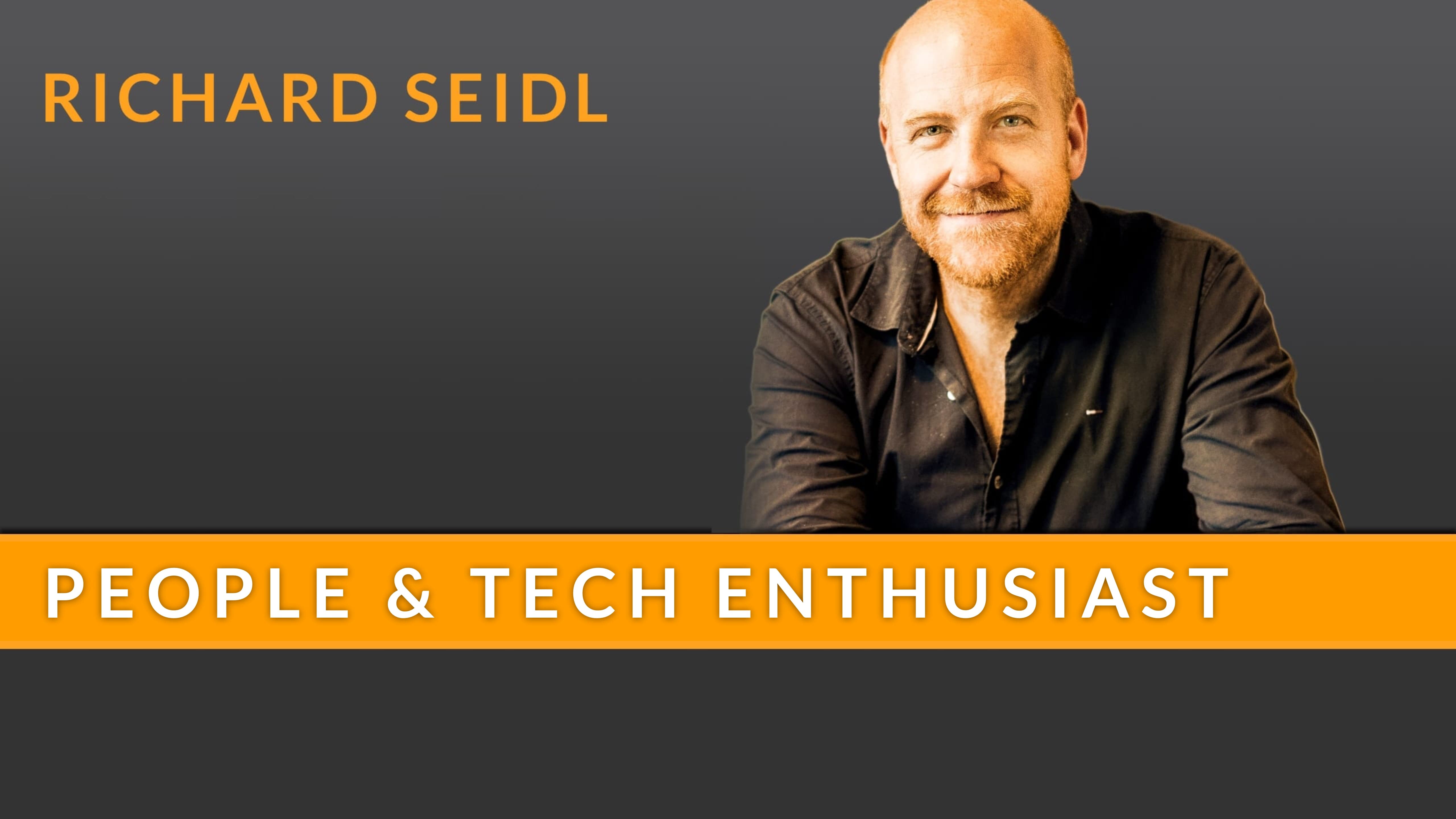2 min read
Mindset does not fall from the sky
"If the coach says 'You have the wrong mindset', that's an excuse for not doing their job properly." - Richard Seidl Today I would like to clear up...

In companies, I see two types of leadership and collaboration time and again: on the one hand, highly hierarchical structures, usually in - let's say - more traditional organizations. The tasks tumble down the management levels until at some point something reaches the employee and they do this or something similar. There is usually a lot of insular knowledge and experts who perform their tasks in their silos.
On the other hand - usually under the premise of "We're working agile now. But let's go." - there are teams that seek consensus in a circle. Everyone can and must contribute, everything must be said. Discussions continue until everyone is happy. After all, we want to be an equal team, no one is disadvantaged. We all love each other - beep, beep, beep… Both extremes are justified in certain situations, there's no question about it. Sometimes we need to take strong action, sometimes we need to agree.
"We need to network lighthouses instead of creating consensus" - Richard Seidl
But there are also downsides. We know the problems of the "old hierarchies" well enough. Those at the top don't understand what's happening at the bottom. Strategic or status games, principalities, unconscious falsification of orders. In contrast, the "newcomers", who can spend an infinite amount of time on topics without making progress, are detail-oriented and sluggish.
Organizations that oscillate between these poles have it even worse:
For me, there is a lot of misunderstood agility behind it. This poor little word has to be used for a lot of things. And also for a great deal of consensus-based negotiation. So I'm not surprised that managers eventually run out of patience.
I believe it only works if we resolve the polarity. But how? By networking lighthouses? No, not with smart home projects in East Frisia. But by recognizing and valuing the strengths of the experts, key users, pioneers, knowledge islands and the strengths of all employees. And by creating a framework that motivates everyone to get in touch and network with others to achieve the project and company goals. This is what I mean by agility: navigating through uncertainty towards the vision as a community of individuals with courage and trust.
Sounds great? It is. But it's also endlessly exhausting. We don't know it. We are familiar with sitting circles and hard hands. Anyone who has ever dealt with models such as Spiral Dynamics will recognize that a new spirit is required here, a more integral way of thinking and acting for the organization, the teams and each individual. And the way to get there is not done with a 6-month change project on the side. More is needed. At all levels. For everyone.
In my opinion, however, we have no other chance if we want to solve the challenges we face today. With this in mind: let's network lighthouses!

2 min read
"If the coach says 'You have the wrong mindset', that's an excuse for not doing their job properly." - Richard Seidl Today I would like to clear up...

I can't offer an English lawn. It's more of an experimental field where I invite every bee - be it wild or honeybee - to stay. And always like a bit...

2 min read
"The era of complexity is over. We have to learn to deal with chaos!" - Richard Seidl You could be forgiven for thinking that the universe is doing...